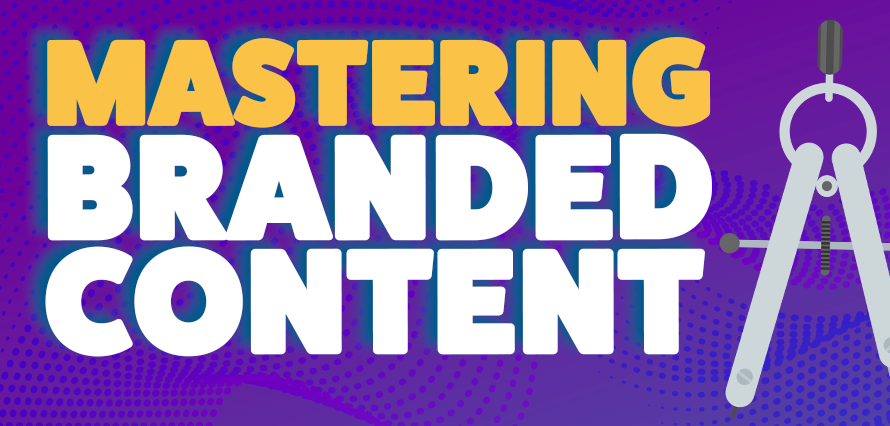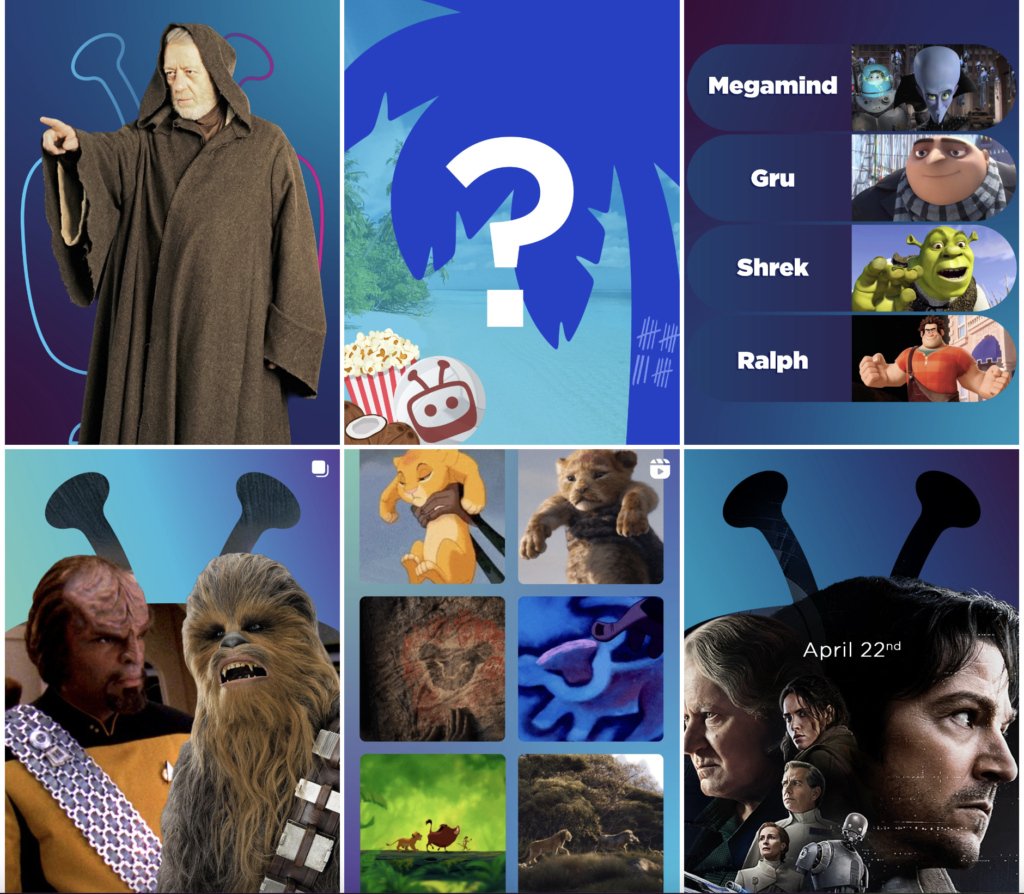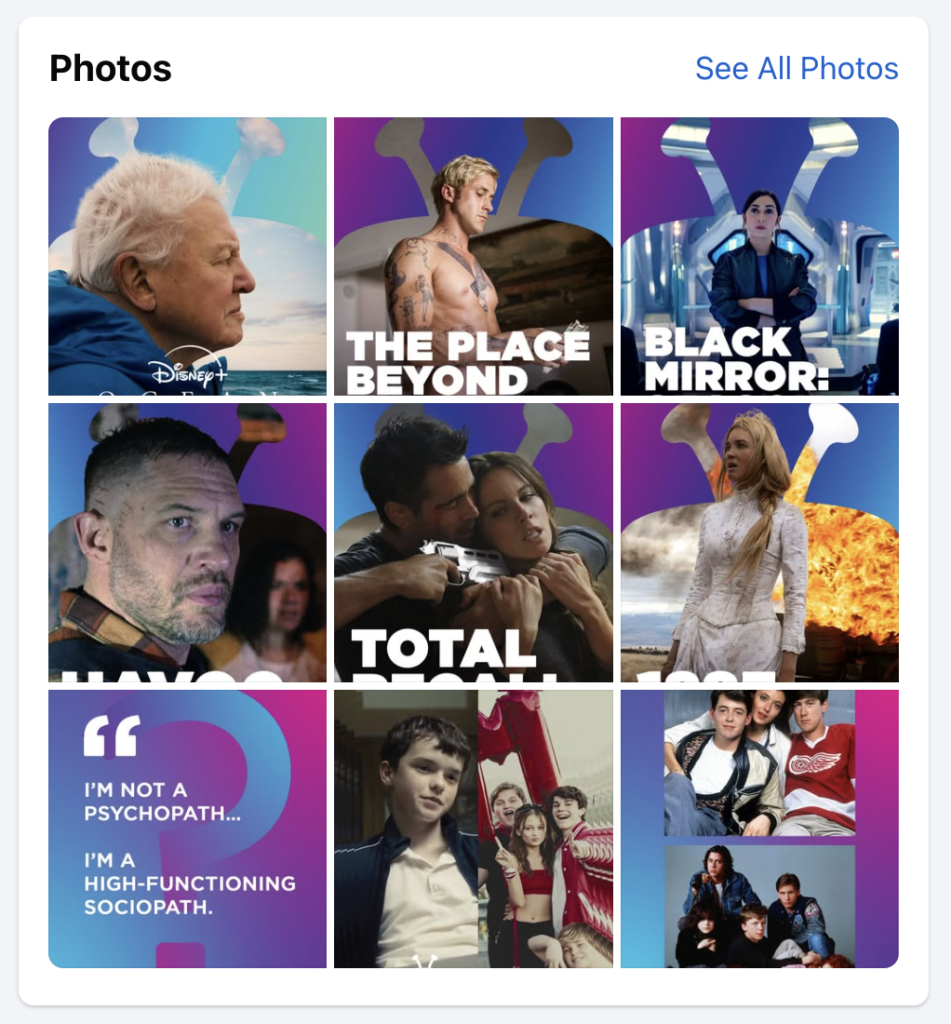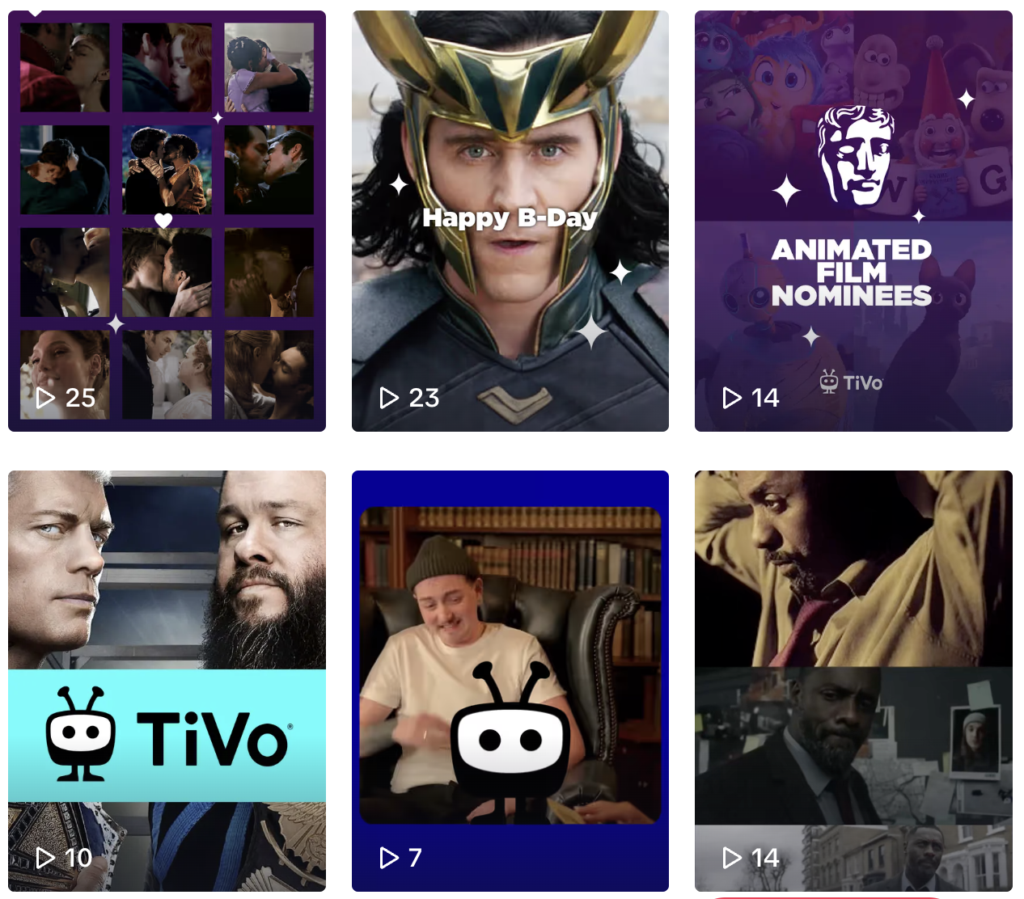June 10, 2025

Sticking to brand guidelines fuels creative success on social media. True creativity isn’t about doing anything; it’s about doing the right thing, and in our world, that means staying aligned with each client’s brand guidelines.
When we follow a brand’s guidelines, including fonts, colours, tone, imagery style, and logo use, we’re not limiting our creativity. We’re building trust. Every visual decision reinforces who the client is and helps their audience to recognise them instantly, no matter the platform.
Think of major brands like Nike or Puma. You know who they are at just a glance. That’s not by accident. It’s a result of sticking to brand standards, every time, everywhere.
Different Platforms, Same Identity
Each social media platform has its own vibe and technical needs: Instagram is highly visual and curated, TikTok leans into raw, fun, fast content, LinkedIn is professional and polished, and Facebook is more community- and text-driven. Our challenge as designers is to adjust content to fit these platforms, while still staying visually and tonally consistent with the client’s identity.
For example, let’s say a client’s brand uses minimal layouts, neutral tones, and a serif font. On Instagram, we might create a sleek carousel post with elegant typography. On TikTok, we might adapt that same visual tone into short motion graphics with subtle transitions and soft colour overlays. The platform changes, but the brand remains recognisable.



Stretching Creativity Within Guidelines
Following brand rules doesn’t mean making the same thing over and over. It means making new things that still belong. Here are a few ways to stretch my creativity without breaking brand identity:
Template variations: Create multiple layout options that utilise the same visual system, thereby creating variety without compromising consistency.
Motion and animation: Even static branding can come alive with subtle animations that reflect the brand’s personality.
Colour usage: If the palette is limited, you can play with texture and space to keep things visually fresh.
Photo treatment: Apply consistent editing to ensure all imagery feels part of the same world, even when sourced from different shoots or stock libraries.
Build a Creative Toolkit in Adobe
One way you make sure every post stays on-brand is by setting up a custom Adobe Creative Cloud Library for each client.
Make sure that these libraries contain:
- Approved colour palettes
- Typography styles
- Logo variations
- Graphic templates for stories, reels, carousels, or cover images
- Reusable icon sets, illustrations, and image treatments
Having all brand assets in one place makes it easier for the whole team to work efficiently and consistently across every platform. It also saves time and ensures that even last-minute content feels polished and on-brand.
The Takeaway is that when you follow brand guidelines, you’re not holding yourself back; you are building a strong, clear identity that grows over time. And within that framework, there’s plenty of room for creative expression. Let’s chat if you want help creating a visual toolkit that keeps your brand consistent across every platform, and makes your brand stand out, because consistency builds trust, but creativity makes it memorable.